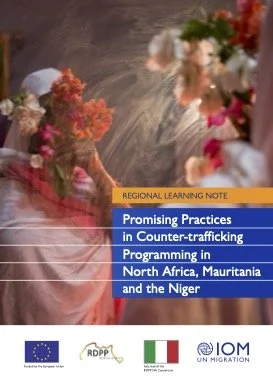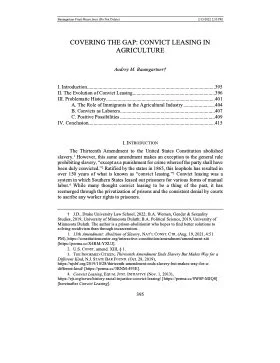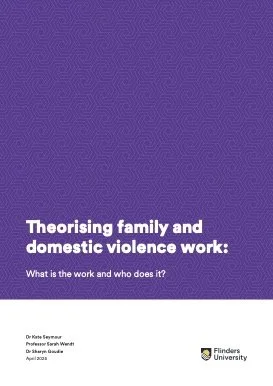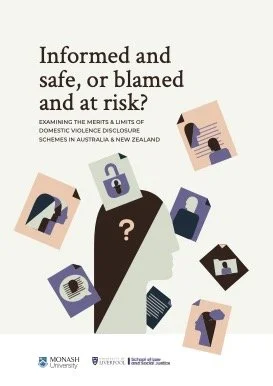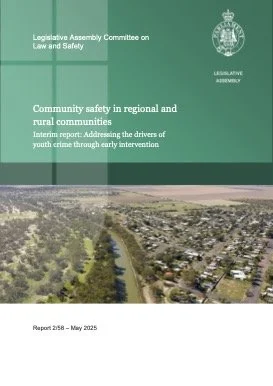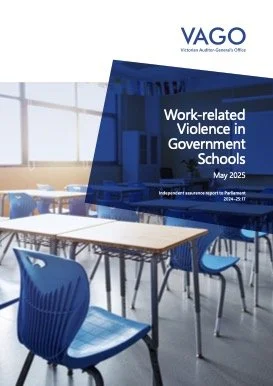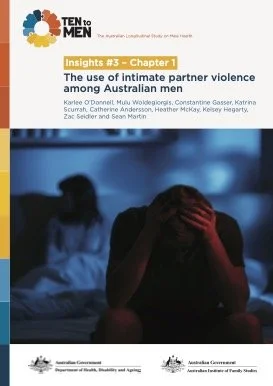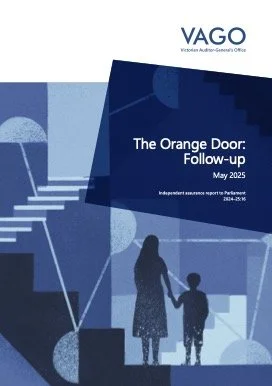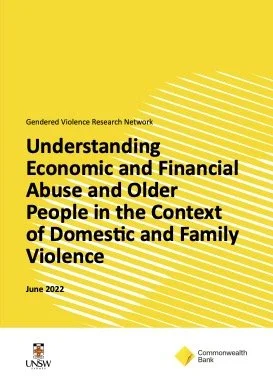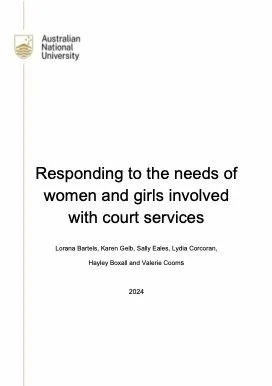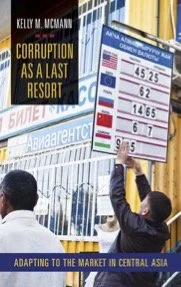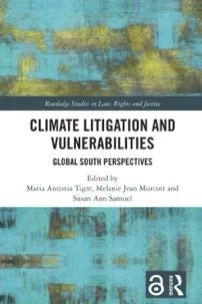By Sarah J. Diaz, Jenny Lee
In the spring of 2018, United States citizens bore witness to the unfathomable: children, toddlers, and even breastfeeding infants were ripped screaming from their parents’ arms by U.S. immigration officials and then disappeared into government detention. The events that took place shocked the collective conscience, moving American mothers to march with their children to government immigration offices across the country to demand a halt to the program. The policy of family separations, or parent-child separations, was formally announced by the Trump Administration through a memo entitled “Zero Tolerance” and defended by the administration as not only permissible but required by U.S. law. The Biden Administration condemned the phenomenon as a “human tragedy that occurred when our immigration laws were used to intentionally separate children from their parent or legal guardians (families).” However, there have been no pronouncements by the Biden Administration that the Zero Tolerance policy was anything other than a legitimate, albeit unfortunate, immigration policy. The global community cannot allow the Trump Administration’s policy of family separation to be accepted as a legitimate government immigration policy. Instead, it is imperative to recognize that the policy of family separation, and the manner in which parent-child separations were carried out, constitute crimes against humanity. FINDINGS AND RECOMMENDATIONS The following document synthesizes data gathered from litigation, the Freedom of Information Act (FOIA), and publicly available reports written by NGOs, government bodies, and international organizations alike to determine exactly how the Trump Administration’s policy of parent-child separations via Zero Tolerance unfolded. The review uncovered the following key findings of fact explored extensively in the Findings of Fact section of this report: • Throughout the Trump Administration’s four years in power, top government leaders deployed nativist, xenophobic and increasingly inflammatory rhetoric to describe Central American migration. This rhetoric stemmed from the top, emboldening its widespread use amongst rank-and-file officers at the southern border. Trump himself disparaged Central American migration as a “violent invasion” or an “infestation”—at one point calling migrants “animals.” Then-DHS Secretary John Kelly’s rhetoric revealed an attitude of insidious structural racism toward Central American migrants in which he referred to them as “rural people with limited education who don’t have skills nor integrate well.” The rhetoric at the top was replicated by line officials, and Customs and Border Protection (CBP) was eventually described as having “a pervasive culture of cruelty aimed at immigrants.” • The Trump Administration implemented the policy of family separation with the specific intent to deter migration from Central America (specifically, from Guatemala, Honduras, and El Salvador – referred to as the “Northern Triangle”). Then-DHS Secretary John Kelly specifically indicated to the media that family separation was being considered to deter future migration to the southern border by Central American families. The policy was only implemented at the southern border and was never carried out along the northern border, coastal ports of entry, or ports of entry in the interior. • Family separation was first carried out in secret, away from the public eye, and denied by the Trump Administration. In the spring of 2017, long before the formal implementation of Zero Tolerance, the government quietly launched family separation pilots in Yuma and El Paso. The Trump Administration denied the existence of the pilot programs even as immigration and child welfare advocates offered evidence of a sharp increase in the separation of infants and toddlers from their parents. • Terrorizing children and families was central to the government’s policy, not merely an unfortunate byproduct. From the beginning of the Trump Administration, the government openly stated that it was considering family separation as a tool of deterrence. While the Trump Administration repeatedly claimed that separation was merely incidental to a policy of prosecution, recently released government emails show an administration furiously working to enforce separation even when it was not necessary, when it could have been avoided, and even when other government agencies were trying to immediately reunify families. The secret pilot programs demonstrated the inevitable harms to separated children (including losing children into detention systems, protracting separation, exacerbating harm) but these lessons were deliberately ignored by the Trump Administration. • The Trump Administration was at all times aware of the unthinkable and lasting harm that the family separation policy would cause to children. Researchers have documented the harm of parent-child separation for decades. In the midst of the Trump Administration’s separation of families, medical experts were unequivocal in their condemnation: family separation causes lasting and profoundly harmful physical and psychological effects on children. The American Academy of Pediatrics described the practice as “state-sanctioned child abuse.” The medical community denounced the practice as a form of child torture. In fact, the government’s own detention facilities recorded family separations as “abuse in DHS custody.” • The Trump Administration exploited harm to children to employ pervasive and illegal coercive practices to force deportations of separated families. One report contains evidence that U.S. government officials used physical and verbal threats, deception and intimidation to coerce separated parents into signing forms to relinquish their right to request asylum and to opt instead for deportation. The trauma of being separated from their children, as well as the coercive environment created by government officials, made it extremely difficult for parents to participate meaningfully in the legal process. Thirty percent of mothers reported that immigration officers threatened that if the mother did not sign the deportation order, they would never see their children again. • As of the date of this publication, the Trump Administration separated over 5,500 children from their parents pursuant to the policy of family separations via Zero Tolerance; an accurate number will never be known. According to government records, at least 5,569 children were separated from their parents by the Trump Administration as of January 20, 2021. However, these numbers do not paint the complete picture. In addition to the unreported numbers from Yuma, multiple agencies have reported parent-child separations that were not registered in HHS records.
Chicago: Center for the Human Rights of Children at Loyola University Chicago School of Law, 2022. 83p.



